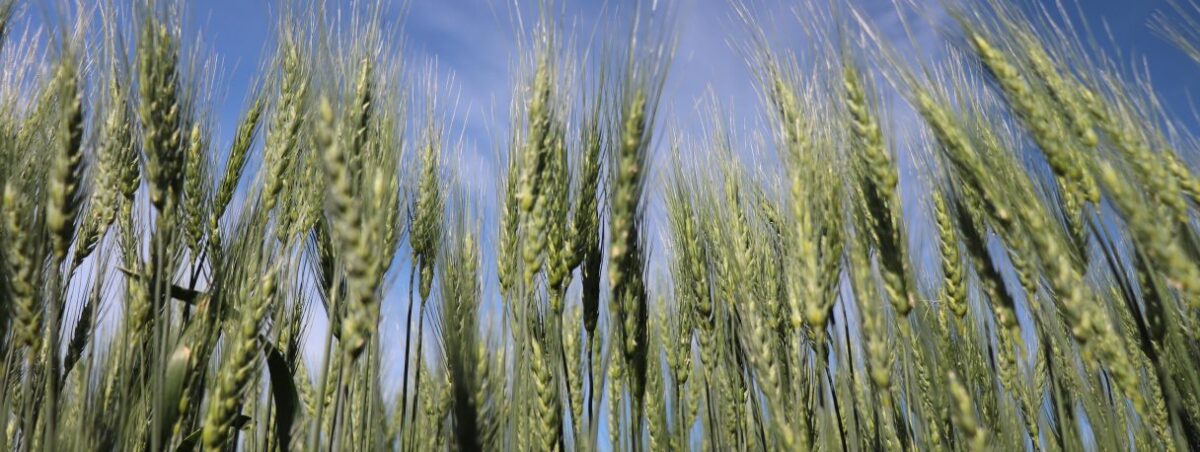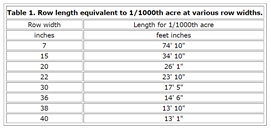David Whetter is owner and agri-environmental consultant at AgriEarth Consulting Ltd., a company focused on adding value and providing environmental solutions for agriculture across the Canadian Prairies and beyond. He earned his bachelor’s degree in agroecology and master’s degree in soil science at the University of Manitoba (U of M).
As a soil scientist and professional agrologist, Whetter has been providing innovative, effective and practical agricultural-environmental solutions to the industry for over 20 years. Much of this work has been focused on soil-water management, largely for irrigation and drainage projects. Whetter lives in Winnipeg with his wife Michelle and their two daughters, Ellie and Emerson.
Where did you work before AgriEarth Consulting?
Following graduation from U of M, I worked with AXYS Environmental, a consulting firm based out of Calgary. I was the first hire for AXYS Agronomics in 2001, a division focused on agri-environmental issues. I was hired by Jim Hicks, who quickly became an important career and life mentor for me. The company was bought out five years later by Jacques Whitford and then again in 2009 by Stantec Consulting. At Stantec Consulting, I was the business centre managing leader for environmental services in Winnipeg. While I enjoyed this role, the interactions with my team and the experience it brought, I had slowly drifted away from my passion, agriculture. That was a driver behind the decision to refocus on supporting sustainable growth in agriculture and launch AgriEarth Consulting in 2017. I also wanted to be around home more to be able to enjoy time with my two young kids, and starting my own business allowed for that.
What got you interested in this area of work?
My roots are in agriculture. My dad grew up on a family farm at Chain Lakes near Dand, MB, and my dad and brother continue to farm together today in seed production near Hartney, MB. They are the co-operating producers in our current soil and water management research project. While I am not involved in the farm, this research I am working on has been really great for me, as it has brought me back to the farm and enabled me to work a little more closely with my dad and brother.
Tell us a bit about what you’re working on at AgriEarth Consulting.
I support a range of clients through various evaluations of their soil landscapes to support agri-environmental planning, permitting and management. Most of my work is related to irrigation and drainage. For example, if someone wants to develop an irrigation program in Manitoba, they need an Environment Act License. I would support them through that process. More recently, I’ve been getting involved in drainage as it becomes a more prominent practice in Western Canada.
I have recently been working on some large-scale irrigation feasibility studies in Saskatchewan. Through this process, I provide information to the province on how to prioritize areas for irrigation development around their existing reservoir system.
Another interesting project I completed recently was providing agricultural leadership to an engagement program on First Nation involvement in agriculture across the Prairie region.
I am also involved in work for industrial clients such as Manitoba Hydro and others developing infrastructure, advising on how to develop their projects while minimizing the impacts to agricultural land use and production systems.
Research is a growing component of my work. The Best practices for soil and water quality, excess water management and drought resiliency in an undulating soil-landscape in southwestern Manitoba project is a significant component. We are interested in better understanding how tile drainage performs in variable soil landscapes in southwestern Manitoba, an area representative of a broad region of the Canadian Prairies.
In this research we are looking at how water flows through tile at different landscape positions, as well as the quality of the water coming out of the tiles, including nitrogen, phosphorus and salts. It is our hope that outcomes of this research will help industry make drainage management decisions in the variable landscapes across the region. We’re also adding edge-of-field treatments to the primary project next year. Those are practices specifically geared towards improving water quality before it leaves the field. Ultimately, we are interested in field-scale learnings on practical and cost-effective treatment practices for Western Canada.
What can you say about the value of farmers providing funding and support to your organization?
We couldn’t do this type of applied research without them. Their co-operation, collaboration and investments allow this type of meaningful research to be done. It is my hope that this type of research project, with a strong knowledge transfer and demonstration component, can help bridge the gap between lots of good research that is being done in the lab or at a fine, plot scale, and what farmers experience on the land and some of the challenges they face. I think our co-operating producers realize and understand that and we appreciate their contributions and willingness to participate. We also appreciate their patience in accommodating our activities in their field and care in working around our many monitoring equipment installations throughout their field!
How does that farmer funding and support directly benefit farmers?
In the case of our current soil and water management research project, we aim to provide information that is directly applicable to understanding effectiveness of beneficial management practices for dealing with the double-edged sword of excess water and drought limitations that farmers in these variable landscapes experience. Producer funding and access to their land and production information allows for this type of practical, applied research with the objective of providing value to farmers’ operations.
In terms of value, it’s a longer-term outlook getting to the point where we better understand how to apply best practices for soil and water management in these variable landscapes. But again, we really appreciate their commitment and hope they feel they are getting good information back through the process, or at least see the potential for that as the research activities and monitoring efforts progress.
How do you spend your time outside of work?
I keep active with recreational hockey, and our family loves to mountain bike and ski/snowboard. These sports get us outside enjoying nature all year. Travelling and exploring our amazing world is a big passion I share with Michelle. Our travel adventures have taken a bit of a back seat thanks in part to COVID-19, but the bug is still there, and we look forward to continuing to explore the world together with our kids.
What gets you most excited about your work?
The opportunities in agriculture. I’ve been involved in agriculture environmental consulting for over 20 years and just in last two to three years there has been a whole new energy. Unfortunately, much of this is connected to lots of the challenges we are having around climate change, greenhouse gas emissions and more extreme weather, but agriculture is getting a raised profile and an increased level of importance – not just as a means of producing food, but as part of the solution to some of the environmental challenges we are having. This is exciting to me and translates into opportunities for the type of work I do. I believe the future of agriculture is bright and there are lots of opportunities to improve on the already great work farmers and industry are doing to feed the world and protect our soil landscapes.
Who or what inspires you?
It’s always inspiring to see how farmers manage to do what they do, year in and year out. Dealing with the various levels of adversity – from uncertainty in markets, to dynamic weather conditions they have to deal with – they keep doing it.
I have always felt fortunate for the support I have received from family, friends and colleagues throughout my career. I mentioned a mentor of mine, Jim Hicks, who sadly passed away 13 years ago. He had a profound impact on me and inspires me to this day to enjoy life to the fullest – focus on family and loved ones first, travel and enjoy good food, and to work with passion but not lose sight of what is most important in life.
Having young kids also changes one’s perspective. That ties into looking forward and looking for better ways of doing things. They keep me inspired to keep doing what I think is my best part in that.
Visit agriearth.ca for more information.















